Organic Solar Cells
One of the most exciting applications of organic semiconductors is in photovoltaic devices. Their solution processability makes them a promising technology for delivering cheap solar power. They are very strong light absorbers, with a 100 nm or so thick film capable of absorbing most of the incident light. We make solar cells and test them with a solar simulator, and use complementary measurements of photophysics and charge transport to understand their operation. Absorbed photons generate a bound, neutral excited state, an exciton. In order to generate a current from these the exciton must be separated into its constituent electron and hole and the charges extracted from the device. This is achieved by blending the organic semiconductor with an electron acceptor, but as excitons only diffuse about 10 nm during their lifetime the morphology of the blend needs to be controlled and optimised if most of the excitons are to be harvested. Understanding the processes that contribute towards the operation of organic solar cell is crucial for their development, and this subject is covered in more detail on our EXCITON page.
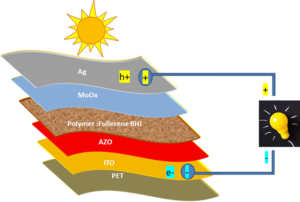
Our research on organic solar cells are focussed a number of themes, including the development of new donor and acceptor materials for high efficiency organic solar cells through collaborations with chemists (Professor Pete Skabara and Professor Graham Cooke from University of Glasgow, Professor David Jones, QUT Australia etc). Because the diffusion length of excitons within these organic blends is so small, we also try to have morphological control of the organic solar cell active layer, as this is crucial in achieving high power conversion efficiency. Enhanced bulk heterojunction morphology can be obtained by adopting processing methodologies such as thermal annealing, solvent vapour annealing and using solvent additives. With the proper combination of these techniques, we can successfully improve the organic solar cell power conversion efficiency.

For the commercial application of organic solar cells, the thermal and photo-stability of the devices is essential. This stability will largely be determined by the morphology of the active layer, so employing the above mentioned processing methods can potentially help with this goal. Along with these research topics, we also look at the indoor light harvesting application of organic solar cells for use in visual light communications. A number of published articles are available on the subject and can be accessed through the links below;
Published Articles
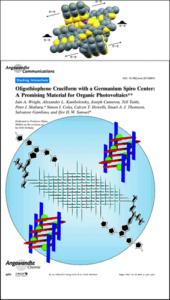
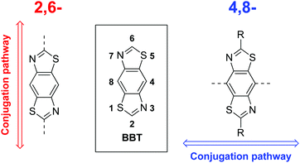
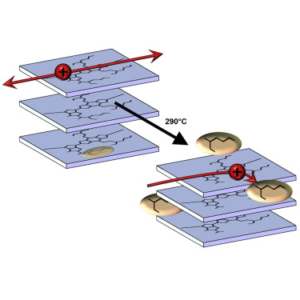
Along with our studies for organic semiconductors, our lab is also focusing on perovskite solar cell performance and enhancement. A perovskite is a crystalline structure with the formula ABX3, where A is typically an organic cation, B is tin or lead, and X is a halide (iodine, bromine, or chlorine).
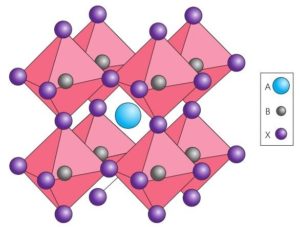
This material has an easily tunable band gap, long electron and hole diffusion lengths, is solution processible, and made from relatively cheap chemicals. With record power conversion efficiencies just over 23% (NREL, 2018), this material shows incredibly promising application.
With the help of collaborations within our University and externally, our lab analyses the use of new materials in perovskite solar cells in an effort to produce new active layers that are lead-free. Our research on perovskite solar cells are also focussed on the development of new organic/inorganic charge transport layers to enable their roll to roll fabrication. Another focus we have is to improve charge collection efficiency and lower the device resistance through interface engineering. Along with the study of organic solar cells in indoor lighting environments, we also look at perovskite solar cells for the application of indoor light harvesting for use in visual light communications.